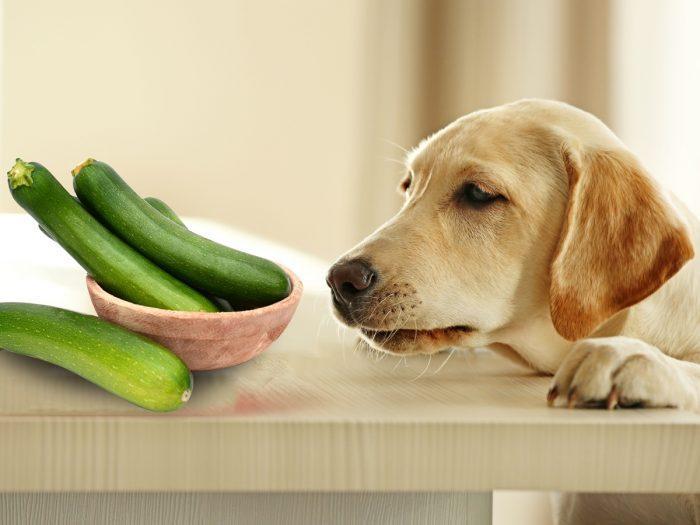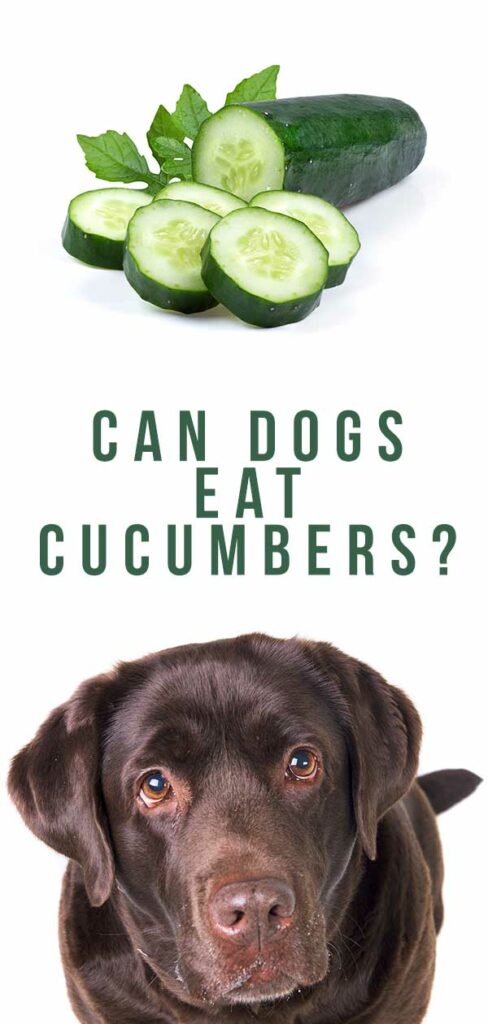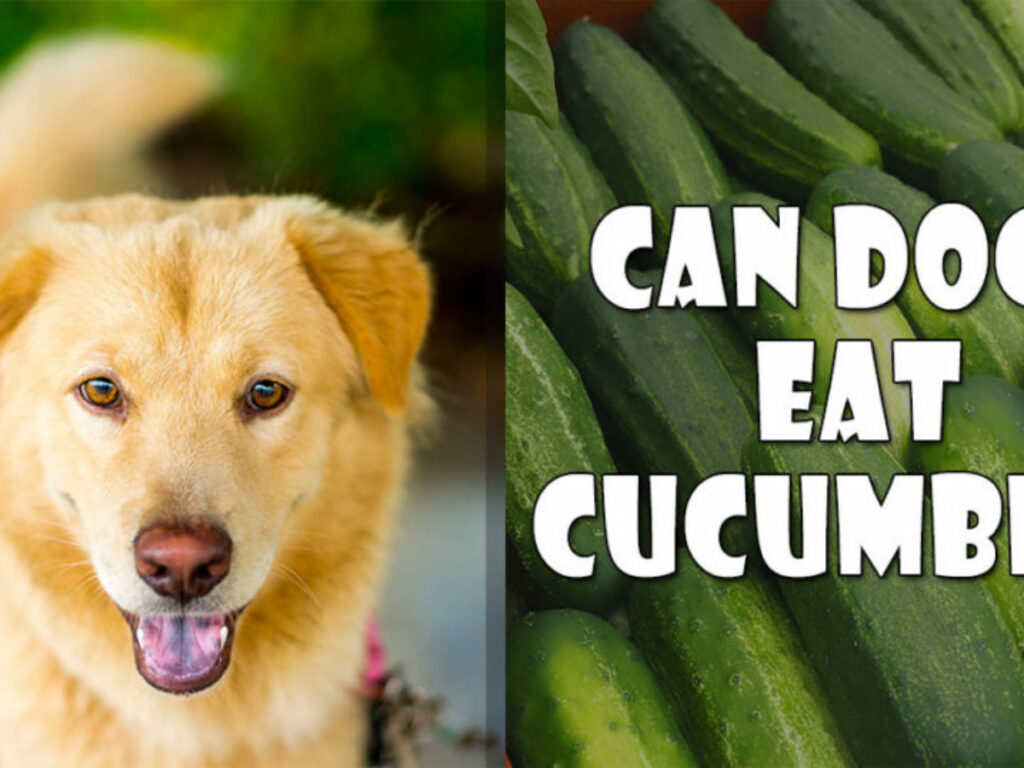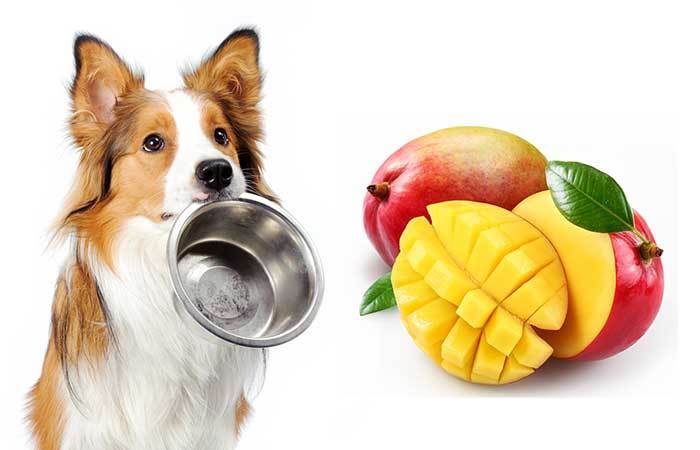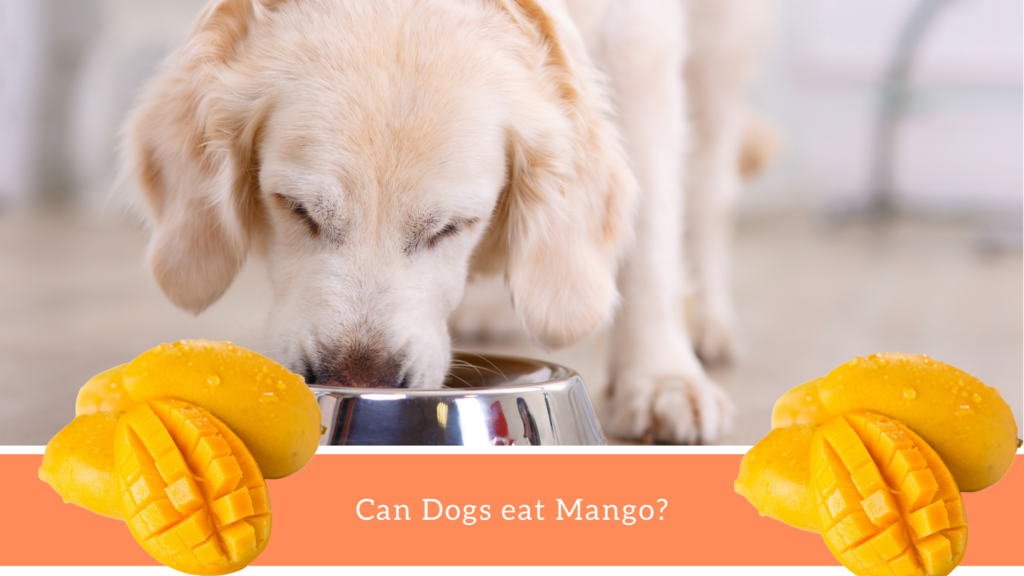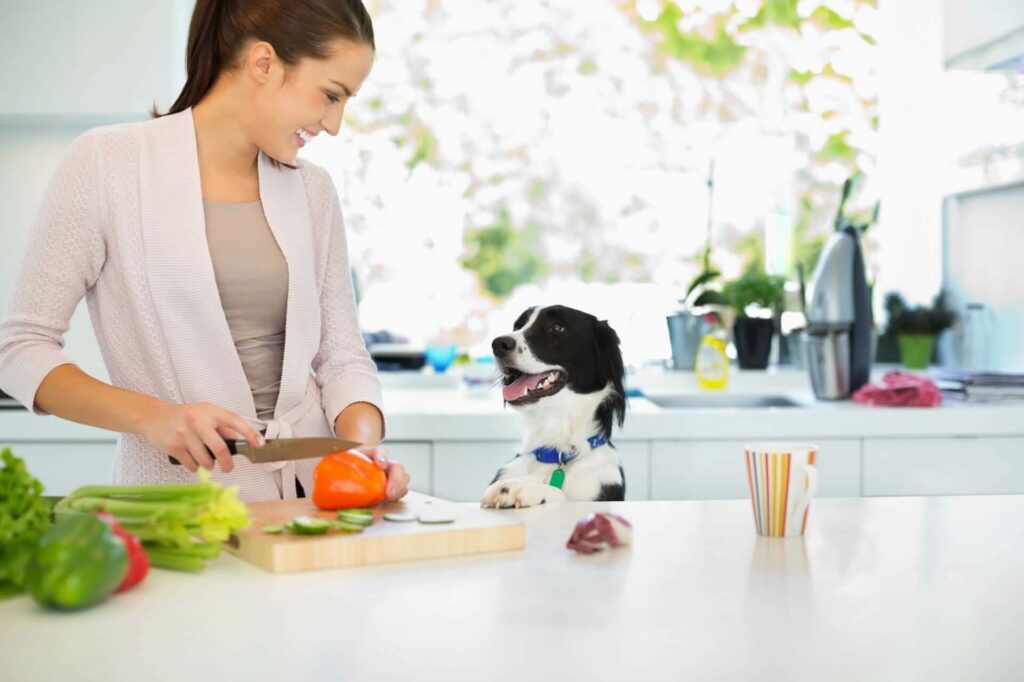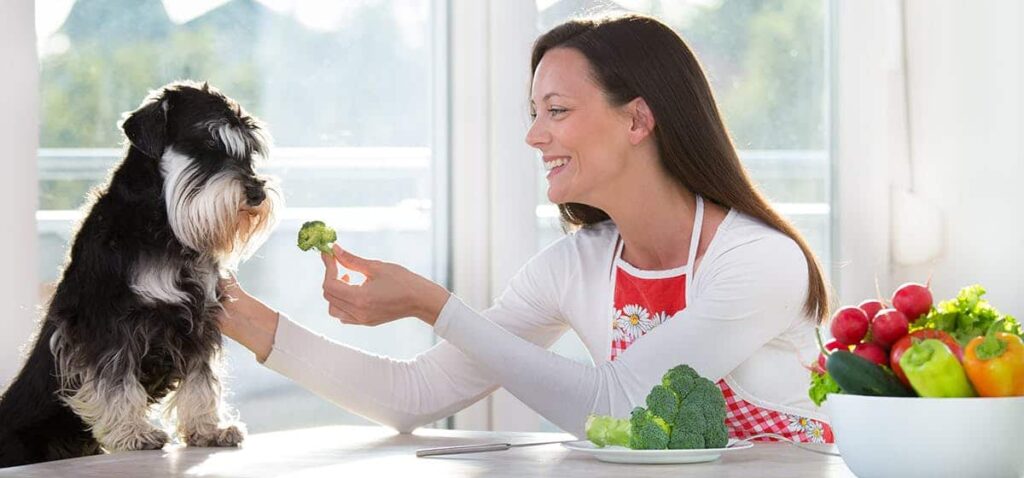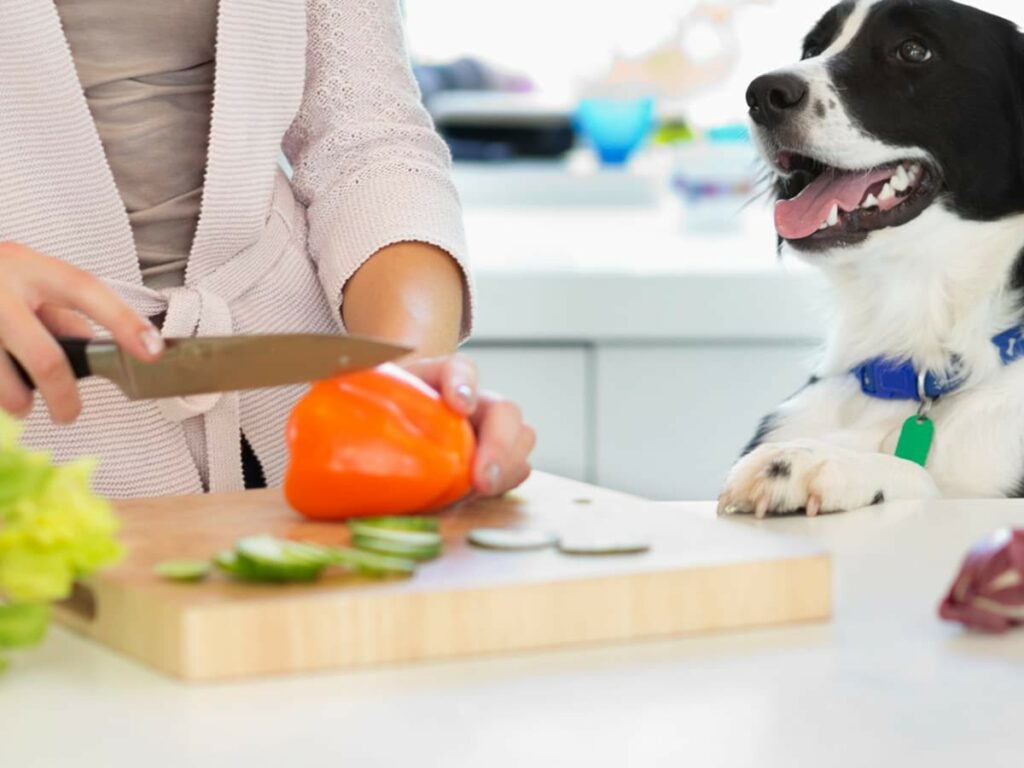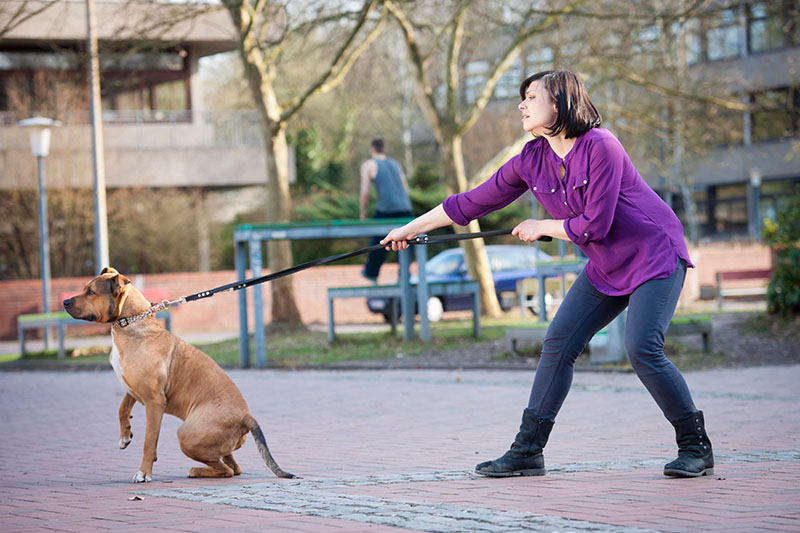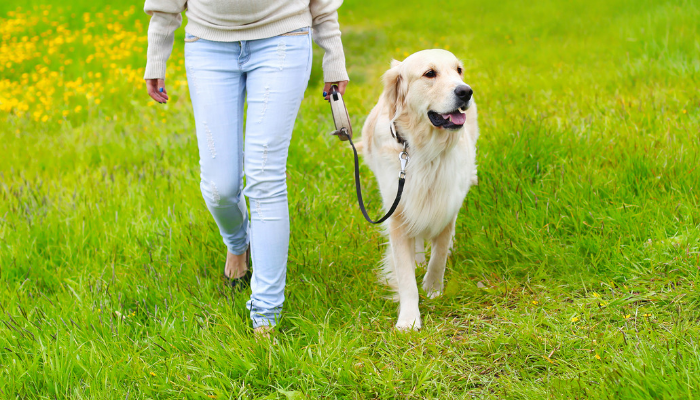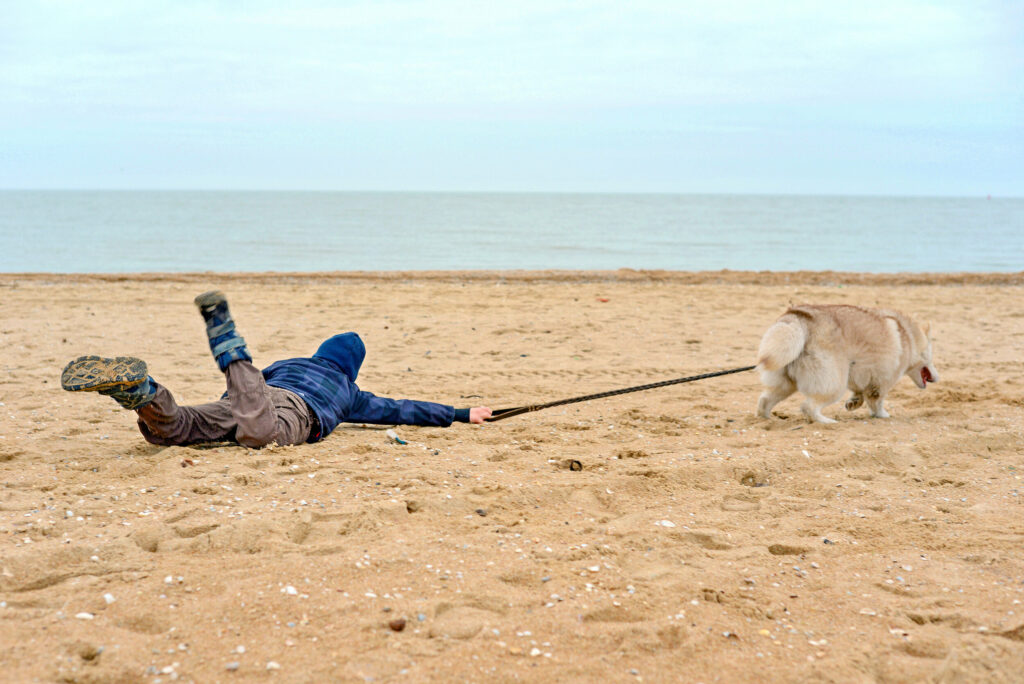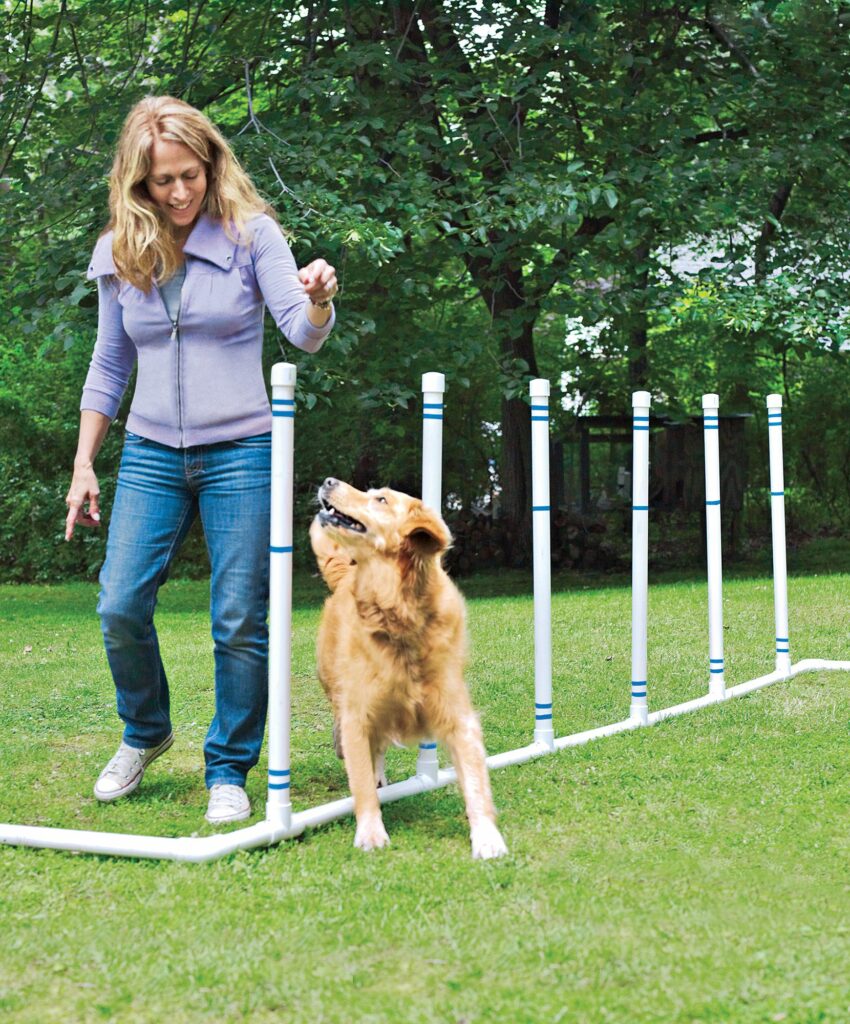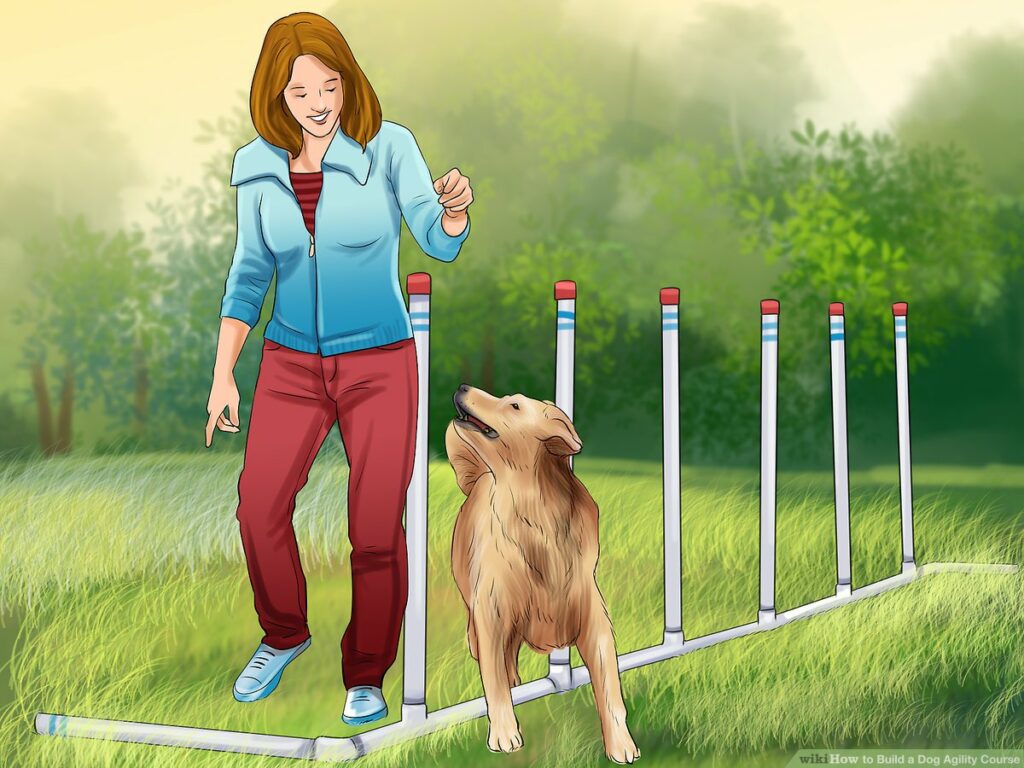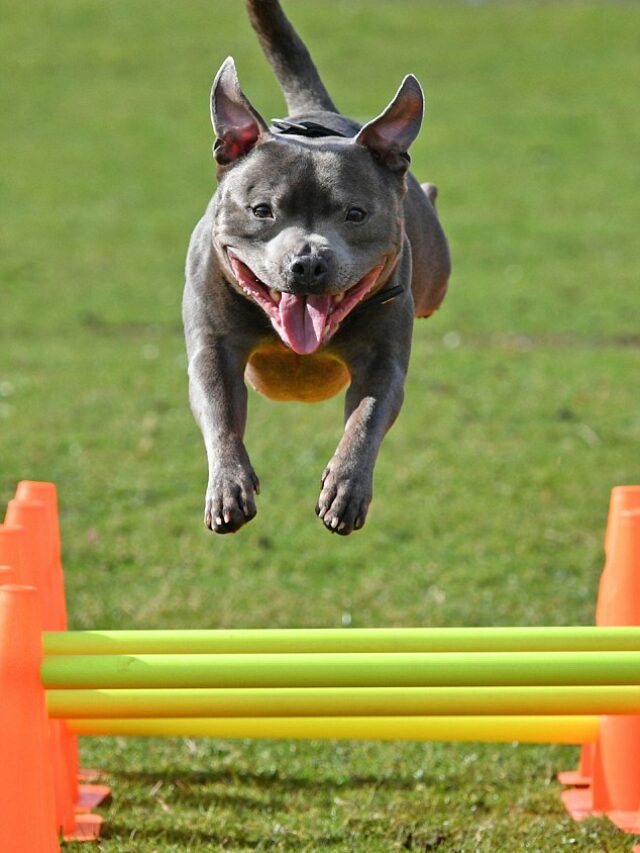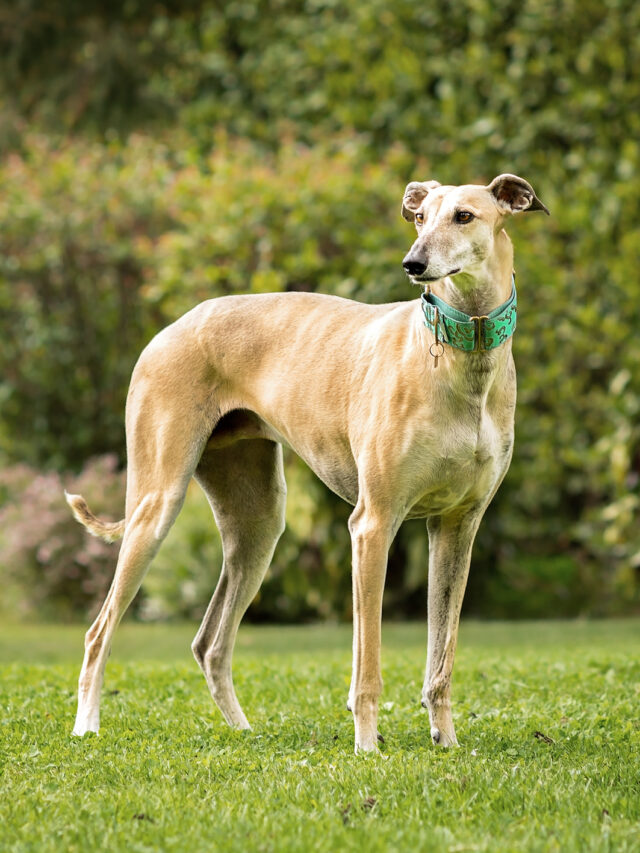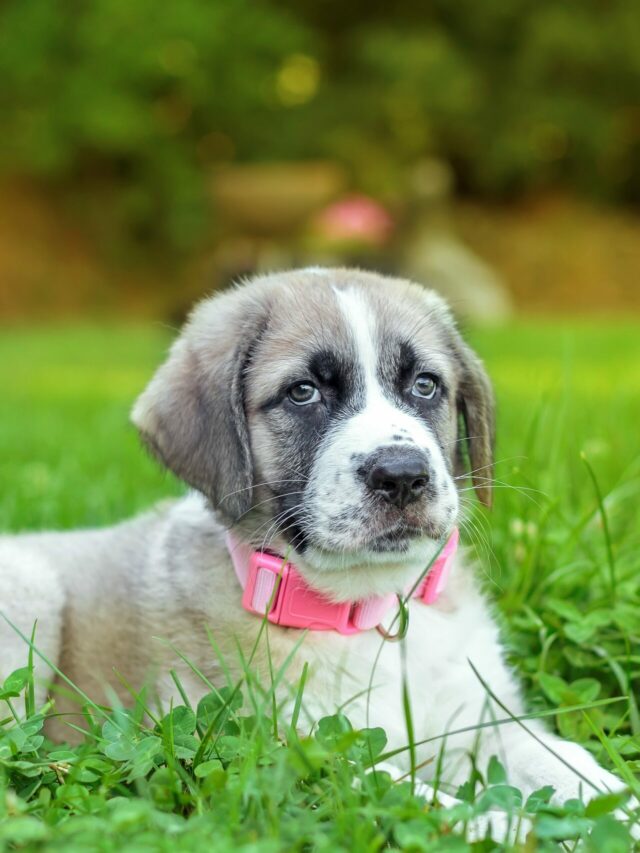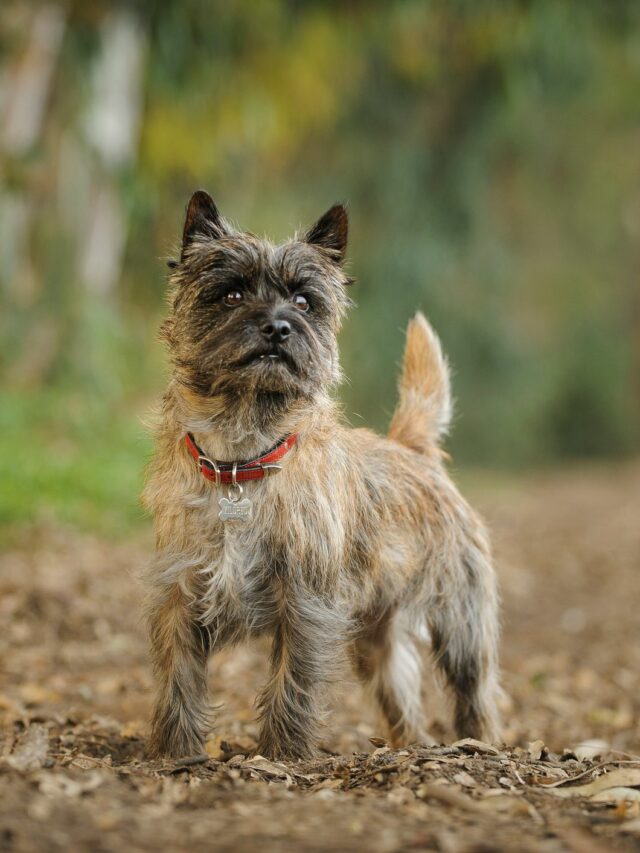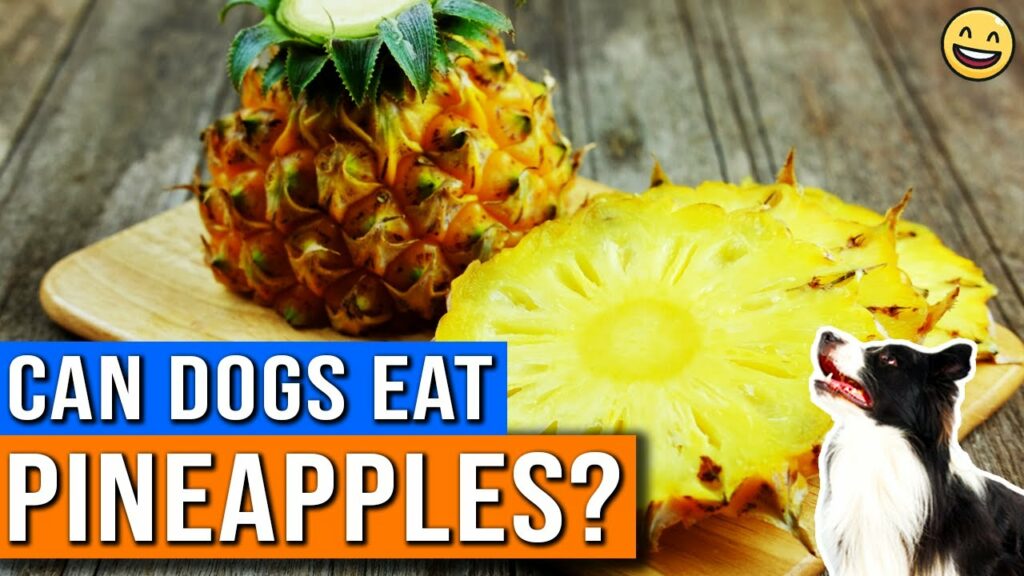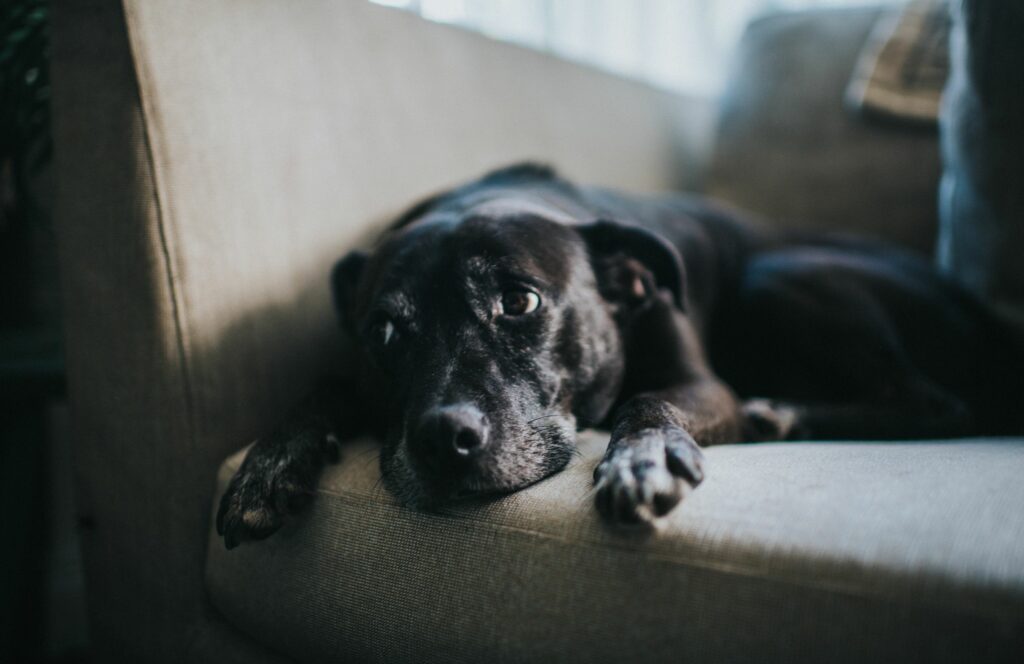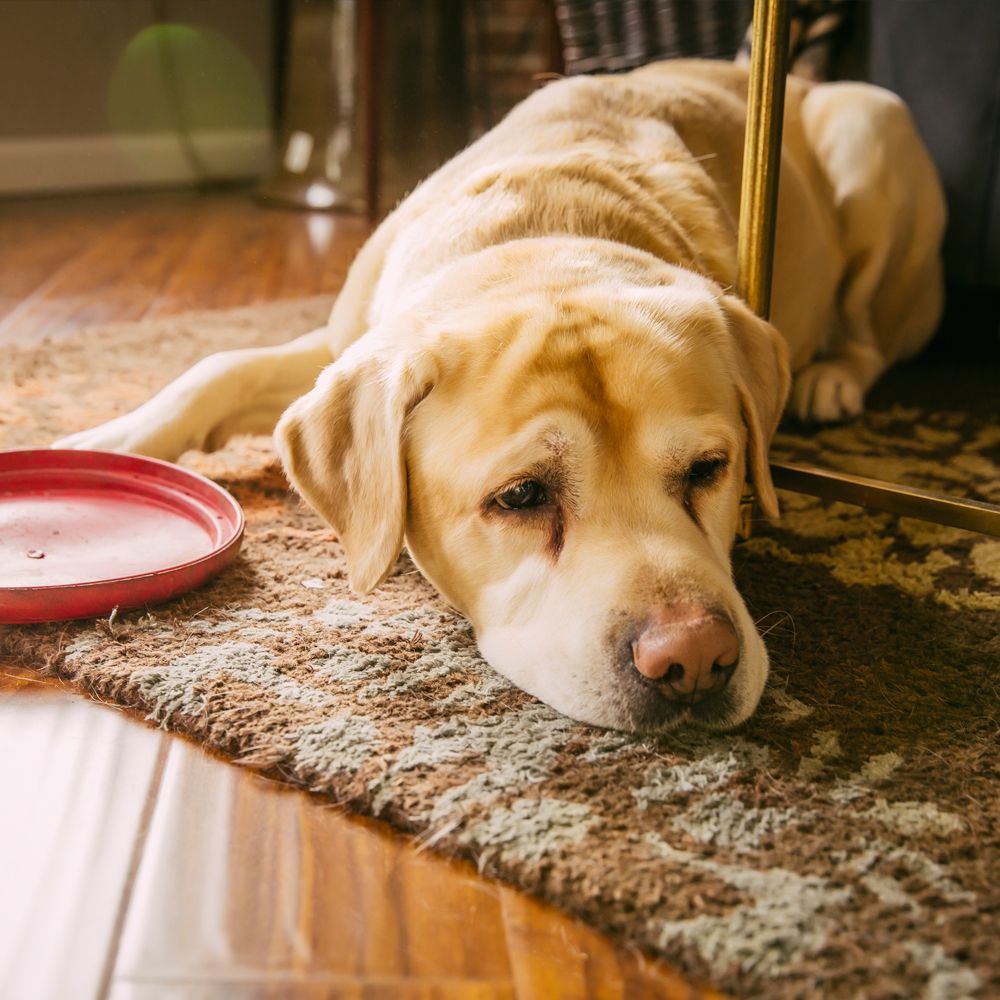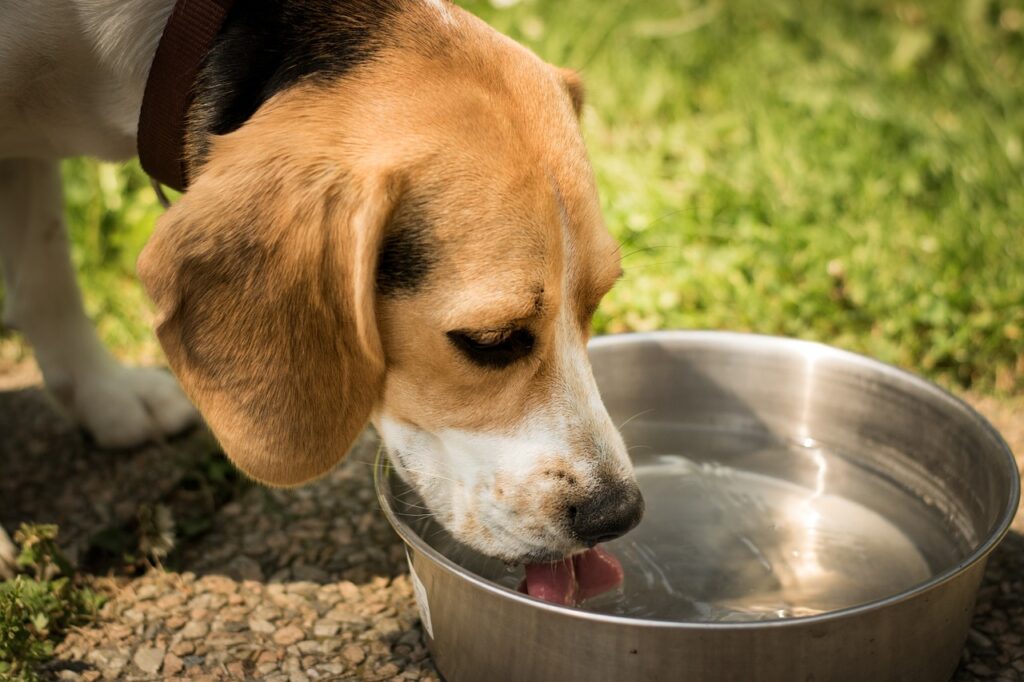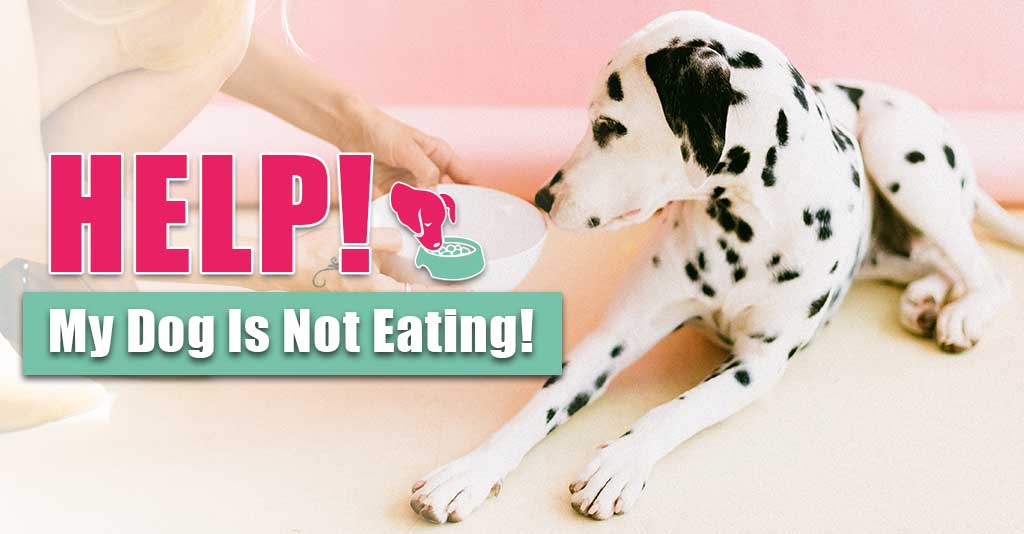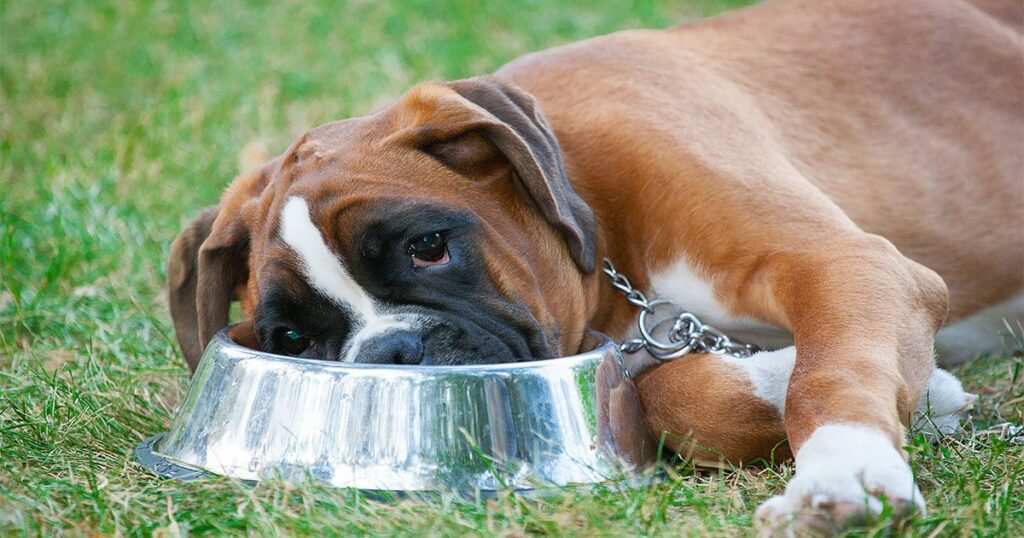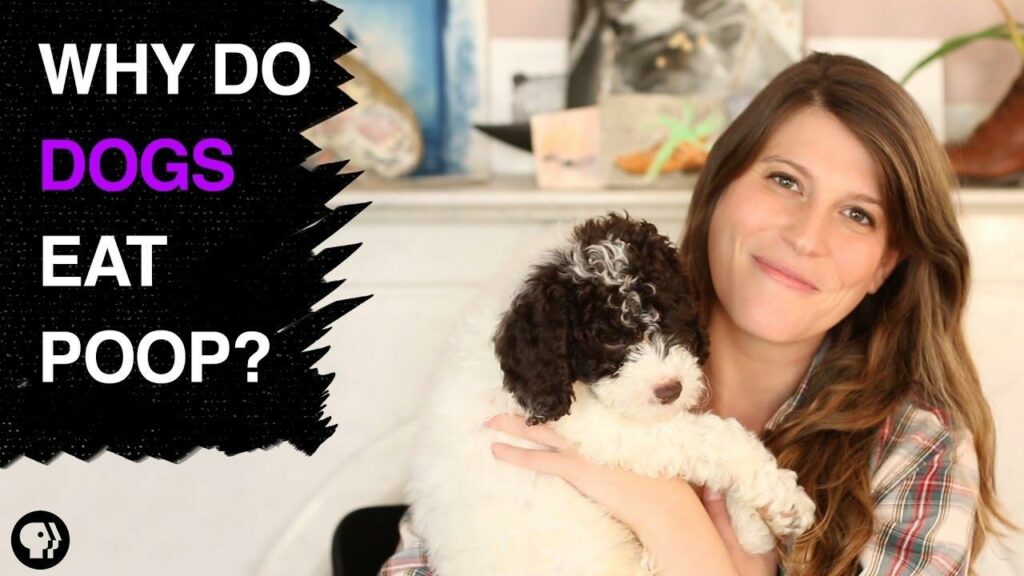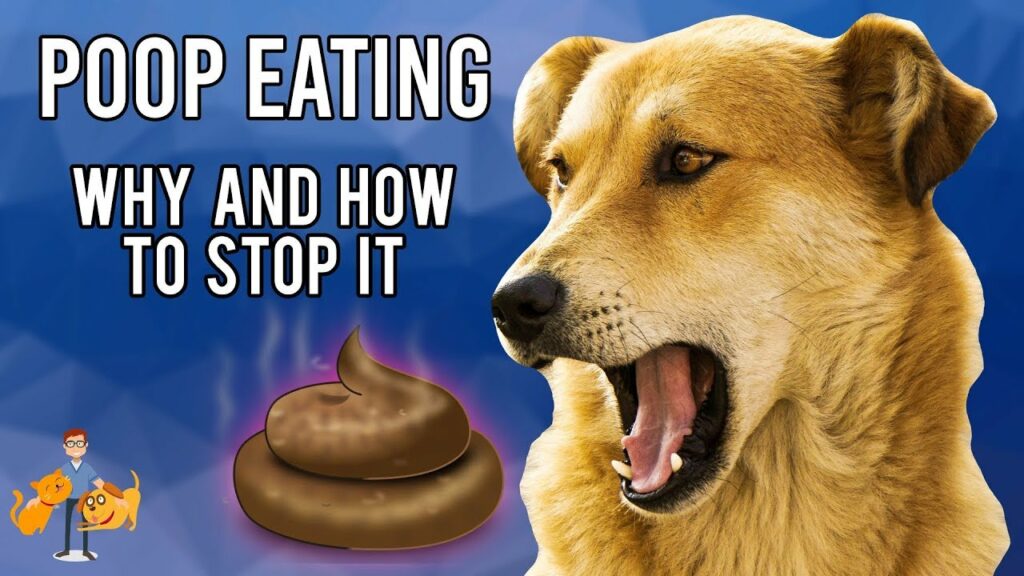Resource guarding is a behavior displayed by dogs where they become possessive and protective of certain items or spaces. It can include items such as food, toys, bones, beds, or even certain areas of the house. When resource guarding occurs, a dog may growl, snap, or bite in an attempt to keep others away from the item they consider valuable.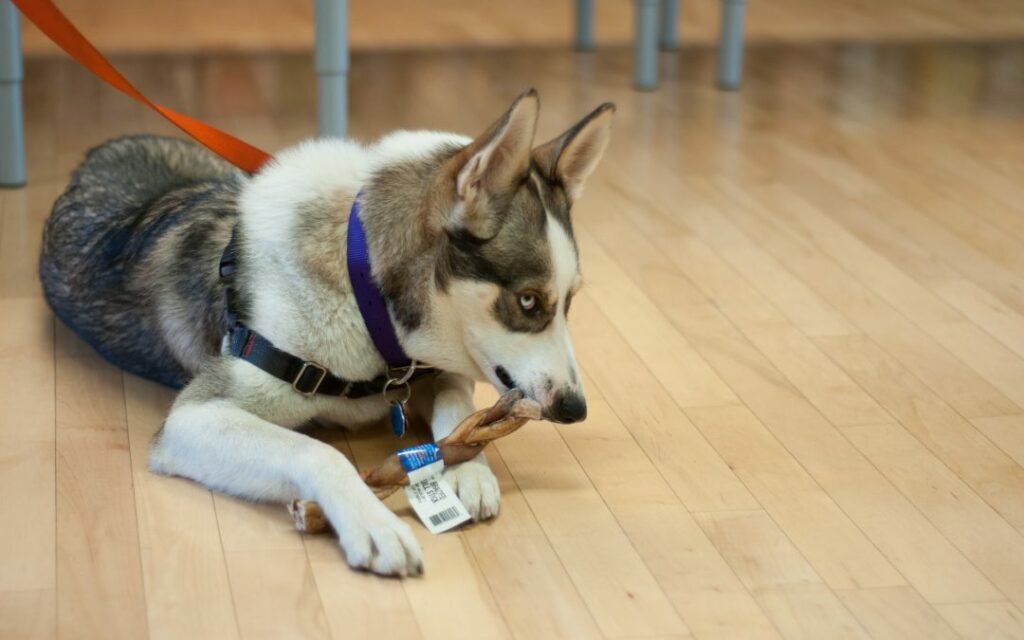
What is Resource Guarding in Dogs?
Resource guarding in dogs refers to a behavior where a dog exhibits protective or possessive behavior over certain items, locations, or even people. It is a natural instinct for dogs to guard their valuable resources, such as food, toys, bones, beds, or even their owners. However, in some cases, resource guarding can become problematic and may lead to aggression.
When a dog resource guards, it displays behaviors intended to protect or control access to the resource. These behaviors can include growling, snapping, lunging, or even biting. The dog perceives the resource as valuable and feels the need to defend it from perceived threats, including humans or other animals who approach.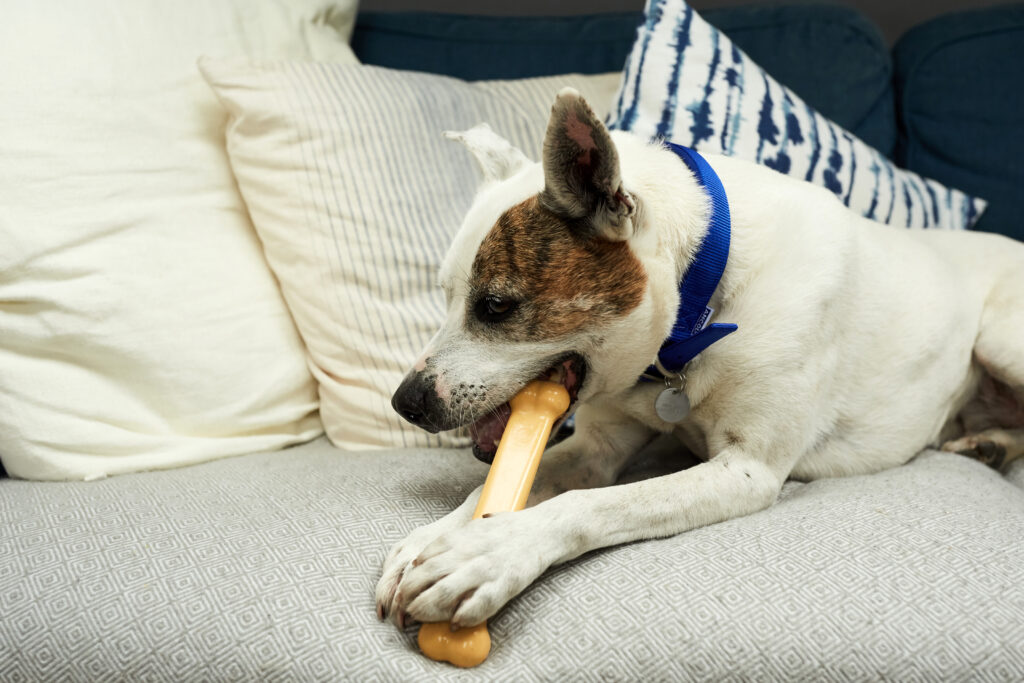
Resource guarding can vary in severity, ranging from mild warning signs to more aggressive displays. It is important to note that resource guarding can occur with any breed or size of dog and is not necessarily related to a dog’s overall temperament.
It’s essential to address resource guarding issues to prevent potential conflicts or injuries. Working with a professional dog trainer or behaviorist experienced in resource guarding can help modify the behavior and teach the dog more appropriate responses. The training typically focuses on desensitizing the dog to the presence of people or other animals near the guarded resource, using positive reinforcement techniques and gradually increasing the dog’s comfort level.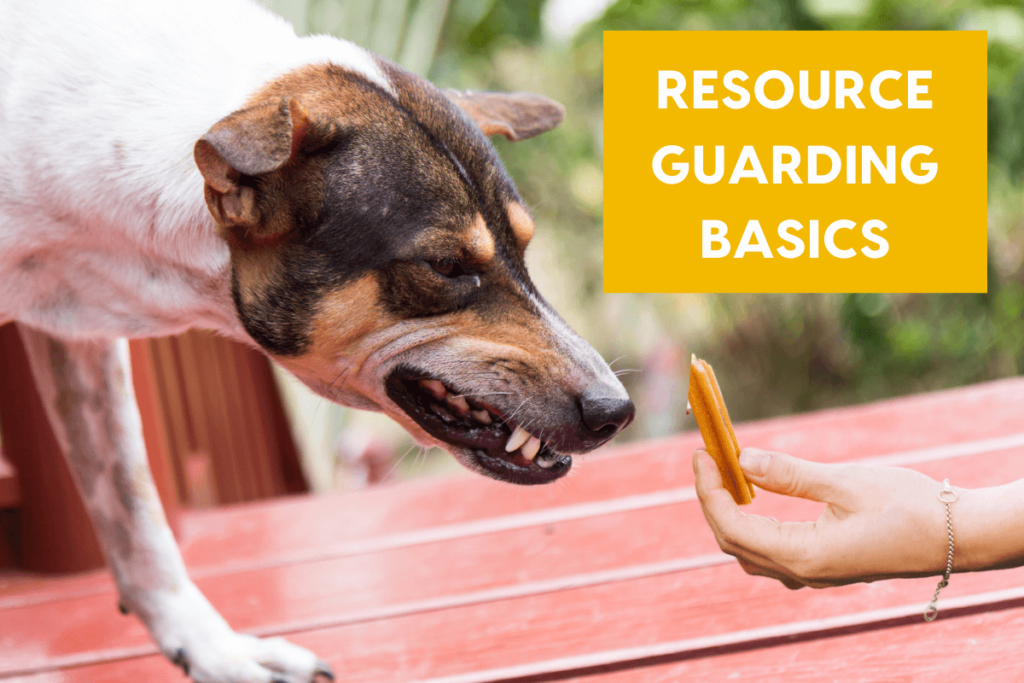
It’s crucial for dog owners and those who interact with dogs to understand and respect a dog’s resource guarding behavior. Avoiding confrontations and providing a safe environment where the dog feels secure can help manage resource guarding tendencies and reduce the risk of incidents.
Why Does Resource Guarding in Dogs Occur?
Resource guarding in dogs occurs due to a combination of genetic, environmental, and learned factors. It is a behavior where a dog shows aggressive or protective behavior when it believes its access to a particular resource is being threatened or challenged. Resources can include food, toys, beds, space, or even people.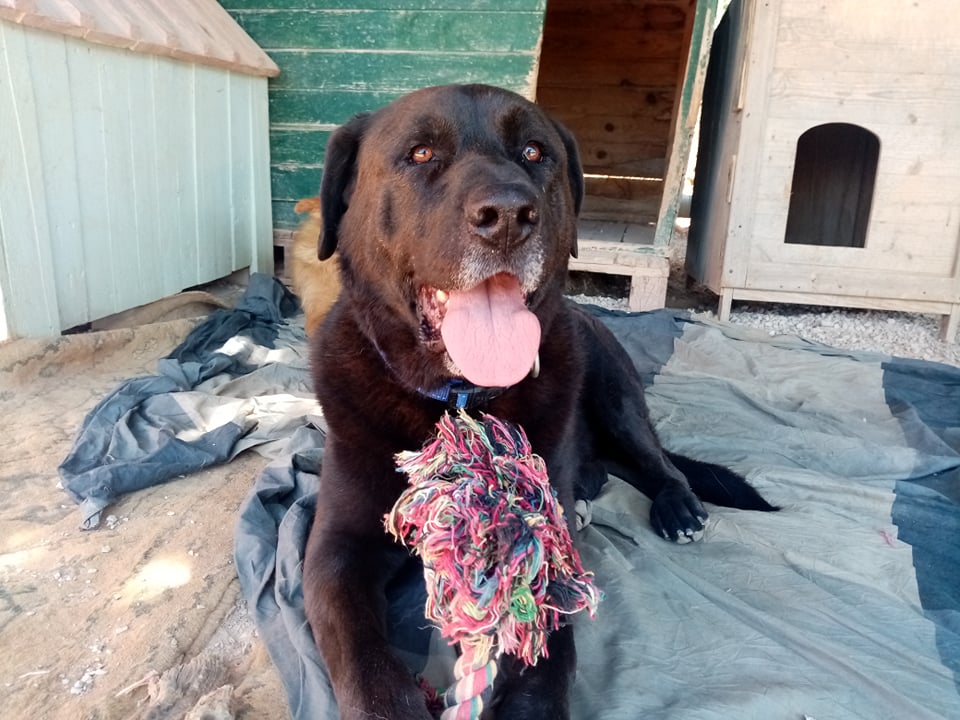
Here are some common reasons why resource guarding may occur in dogs:
- Instinctual behavior: Dogs have ancestral roots as scavengers and hunters, and resource guarding can be a natural behavior for them to protect their valuable resources, ensuring their survival.
- Fear or insecurity: Dogs that have had negative experiences or lack confidence may feel the need to guard resources to feel safe. They might be afraid of losing something they perceive as valuable or worry that others may take advantage of them.
- Lack of socialization: Dogs that have not been adequately socialized during their critical developmental period may not have learned appropriate behaviors or have had positive experiences with sharing resources. This can lead to resource guarding as a way to control access to limited resources.
- Previous reinforcement: If a dog has been successful in guarding resources in the past, it may have learned that this behavior is effective in keeping others away. Positive reinforcement of resource guarding, even unintentionally, can strengthen and perpetuate the behavior.
- Genetics: Certain breeds or individual dogs may have a genetic predisposition for resource guarding. Some breeds were selectively bred for guarding and protection instincts, which can manifest as resource guarding behavior.
It’s important to note that resource guarding can range from mild behaviors like growling or stiffening to more severe aggression, such as biting. If you suspect your dog is resource guarding, it’s crucial to seek professional help from a qualified dog trainer or behaviorist. They can assess the situation, provide guidance on managing the behavior, and develop a training plan to modify and address the underlying causes of resource guarding.
Types of Resource Guarding
Resource guarding is a behavior exhibited by some dogs where they protect valuable resources, such as food, toys, bones, or even specific locations, from other individuals, including humans or other animals. It is important to address resource guarding behavior to ensure the safety of everyone involved. Here are some types of resource guarding commonly observed in dogs:
- Food Guarding: This occurs when a dog displays aggressive behavior when others approach its food bowl or attempt to take away its food while eating.
- Object Guarding: Dogs may exhibit resource guarding behavior over specific objects, such as toys, bones, or other items they consider valuable. They may growl, snap, or bite if someone tries to take the item away.
- Territory Guarding: Some dogs guard specific locations, such as their beds, crates, or certain areas of the house or yard. They may display aggression if someone approaches or enters their guarded space.
- Owner Guarding: In this case, the dog displays possessive behavior towards its owner or a particular family member. It may exhibit signs of aggression if someone gets too close to their person.
- Social Guarding: Dogs may guard the attention and affection they receive from their owners. They may growl, bark, or show aggressive behavior towards others who try to interact with their owners.
- Resource Guarding Between Dogs: Resource guarding can also occur between dogs in multi-dog households. They may exhibit aggression over food, toys, or other resources they perceive as valuable.
It’s important to note that resource guarding can vary in intensity from mild to severe. Mild cases may involve subtle body language or low-level aggression, while severe cases can escalate to dangerous levels of aggression. If you suspect your dog is displaying resource guarding behavior, it’s recommended to seek guidance from a professional dog trainer or behaviorist to address the issue safely and effectively.
Here are some key points to understand about resource guarding in dogs:
Instinctual Behavior in Resource Guarding in Dogs
Resource Guarding in Dogs is a natural behavior in dogs, stemming from their ancestral survival instincts. In the wild, dogs and their ancestors had to compete for limited resources, so guarding valuable items ensured their survival.
Types of Resource Guarding in Dogs
Resource Guarding in Dogs can be categorized into two types: object guarding and space guarding. Object guarding refers to the protection of specific items, while space guarding involves protecting areas such as beds, crates, or rooms.
Signs of Resource Guarding in Dogs
Dogs may display various signs of resource guarding, including growling, snarling, snapping, biting, stiffening their body, or even freezing to protect the resource. They may also display defensive postures, such as leaning over the item or placing their body between the resource and the perceived threat.
Prevention in Resource Guarding in Dogs
Early socialization and training can help prevent resource guarding behaviors from developing. Exposing puppies to a variety of people, animals, and situations can teach them that sharing resources is safe and normal. It’s important to introduce positive experiences during mealtime, playtime, and when handling their possessions.
Management for Resource Guarding in Dogs
If your dog already exhibits resource guarding behavior, it’s essential to manage the situation to prevent potential conflicts or injuries. This can involve implementing safety measures, such as keeping valuable items out of reach, separating dogs during mealtime, or using baby gates to create boundaries.
Professional Assistance when it comes to Resource Guarding in Dogs
If your Resource Guarding in Dogs behavior is severe or leads to aggression, seeking professional help from a qualified dog trainer or behaviorist is advisable. They can provide guidance and develop a behavior modification plan tailored to your dog’s specific needs.
Behavior Modification in Resource Guarding in Dogs
Behavior modification techniques can be used to address resource guarding. This typically involves desensitizing the dog to the presence of people or other animals near their valuable resources and teaching them alternative behaviors, such as trading or giving up items willingly in exchange for rewards.
Remember, resource guarding can be a serious issue that requires patience, consistency, and professional guidance to address effectively. It’s important to prioritize the safety of all individuals involved and create a positive and harmonious environment for your dog.
Why do dogs guard food or objects?
Dogs may guard food or objects for a variety of reasons, including instinctual behaviors, past experiences, and resource guarding tendencies. Here are some common reasons why dogs exhibit guarding behavior:
- Instinctual behavior: Dogs have ancestral roots as pack animals, and in the wild, resources like food and objects are limited. Instinctively, dogs may guard their possessions to ensure their survival and protect their valuable resources.
- Past experiences: Some dogs may have had previous negative experiences with other animals or humans trying to take away their food or objects. These experiences can create a sense of insecurity or fear, leading to guarding behaviors.
- Resource guarding: Dogs may develop a natural inclination to guard their resources, which can include food, toys, bones, or any other objects they perceive as valuable. This behavior is often rooted in the dog’s desire to maintain control over their possessions and prevent others from taking them away.
- Lack of socialization: Dogs that haven’t been adequately socialized may be more prone to guarding behavior. Insufficient exposure to different environments, people, and animals during their early development stages can contribute to a heightened sense of possessiveness.
- Fear or anxiety: Dogs that feel anxious or insecure may resort to guarding their resources as a way to cope with their emotions. This behavior helps them create a sense of security and control in their immediate surroundings.
It’s important to note that while resource guarding is a natural behavior for dogs, it can become problematic if it escalates to aggression or poses a risk to people or other animals. If you’re experiencing difficulties with your dog’s guarding behavior, it’s advisable to seek guidance from a professional dog trainer or behaviorist who can provide appropriate training techniques and help modify the behavior.
How to curb resource guarding
Resource guarding refers to a dog’s behavior of protecting valuable items or spaces from perceived threats. It can manifest as growling, snapping, or even biting when someone or another animal approaches the guarded resource. Addressing resource guarding requires a patient and systematic approach. Here are some steps to help curb resource guarding in dogs:
Recognize the signs:
Learn to identify the body language and behaviors associated with resource guarding. These may include stiffening, freezing, growling, snapping, or intense staring. Understanding these signs will help you intervene early.
Avoid punishment:
Punishing a dog for resource guarding can escalate the behavior and make it worse. Punishment may cause the dog to become more defensive and can damage the trust between you and your pet.
Manage the environment
Prevention is key. Manage the dog’s environment by removing potential triggers for resource guarding. For example, pick up valuable items that your dog might guard, such as food bowls, toys, or bones.
Trade-up approach
Teach your dog that giving up a resource results in something better. Start with low-value items and trade them for higher-value ones. For instance, offer your dog a treat or a toy of higher desirability in exchange for the item they are guarding. Gradually increase the value of the items being traded.
Counterconditioning
Associate the presence of people or other animals near the guarded resource with positive experiences. For example, have someone approach while you feed your dog delicious treats. This helps your dog form positive associations with others being nearby during feeding time.
Desensitization
Gradually desensitize your dog to potential triggers. For instance, if your dog guards its food bowl, start by standing a few feet away while your dog eats, then gradually decrease the distance over time. Pair this with positive reinforcement, such as treats, to reinforce calm behavior.
Seek professional help if needed
If your dog’s resource guarding behavior is severe or you’re unable to make progress on your own, consider consulting a professional dog trainer or behaviorist. They can assess the situation, provide guidance, and develop a customized plan for your dog.
READ ALSO:
Remember, working on resource guarding requires time, consistency, and patience. It’s important to create a safe and positive environment for your dog to learn new behaviors.
The article provided via this website should not be used to determine or treat a health problem or disease; it is not intended to offer any legal opinion or advice or a substitute for professional safety advice or professional care. Please consult your Vertinary Doctor or health care provider, attorney, or product manual for professional advice. Products and services reviewed are provided by third parties; we are not responsible in any way for them, nor do we guarantee their functionality, utility, safety, or reliability. Our content is for educational purposes only.
If you like, please share it. Sharing is usually caring.
